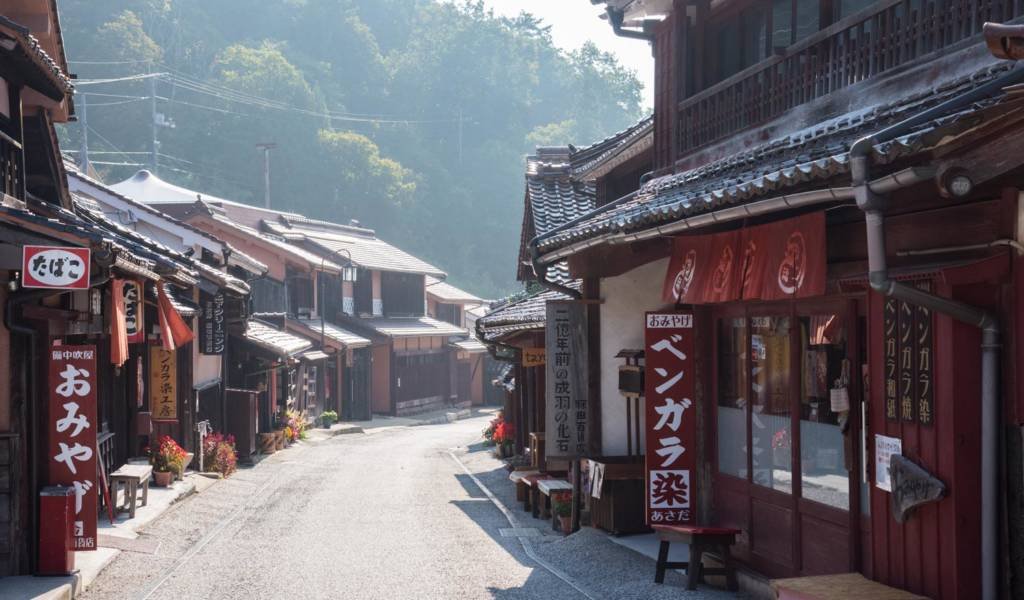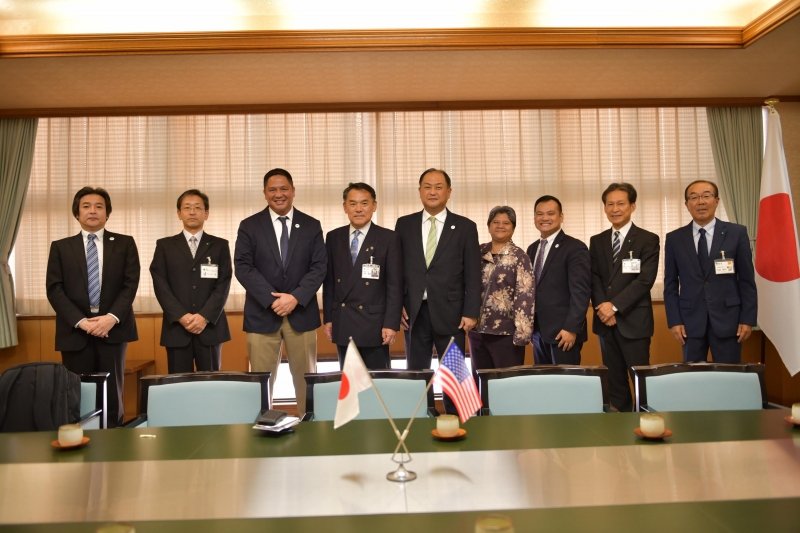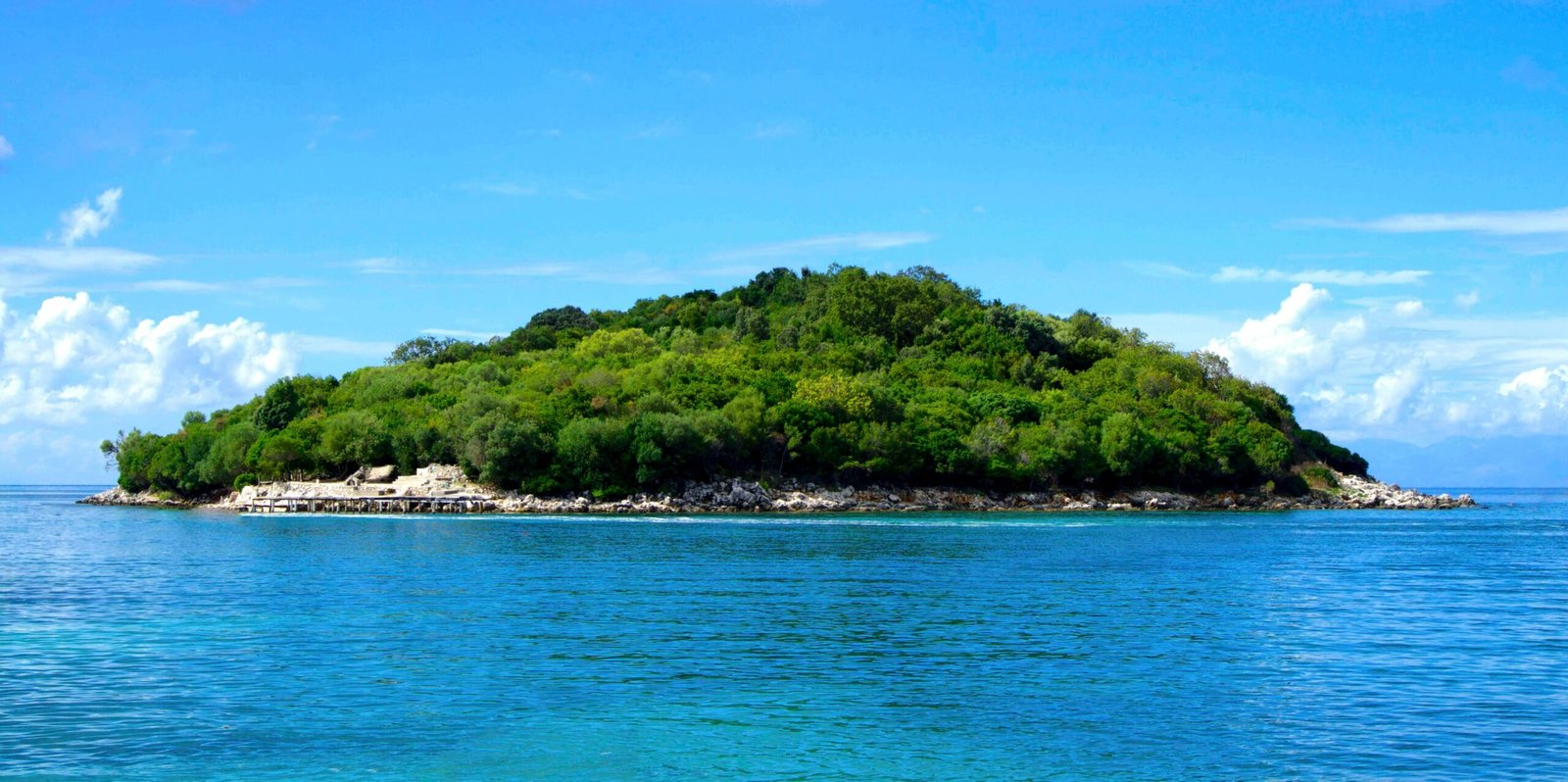About This Article This article is based on an in-depth interview with Dr. Bill Shang, a distinguished professor with extensive expertise in international education, tourism, and cultural policy. Born and raised in Tokyo, Dr. Shang pursued higher education in the United States and China, earning a Ph.D. in Chinese history through art from the University of Tokyo. He has served as Dean and Vice President at Tama University and continues to support international tourism development through research, academic exchange, and policy consulting
Japan’s iconic tourist destinations—Kyoto, Tokyo, and Osaka—frequently dominate international travel itineraries. This well-trodden “Golden Route” offers visitors a curated glimpse of Japanese culture, history, and modernity. However, this concentration of tourism activity has led to oversaturation in some areas while leaving others, such as Okayama, largely overlooked. Located between Kansai and Hiroshima, Okayama possesses unique cultural assets and economic potential that remain underutilized in the national tourism framework.
Dr. Bill Shang, a veteran scholar in international education and tourism management, emphasizes the need to elevate cities like Okayama in global tourism discourse. “Okayama is culturally rich. We have Okayama Castle, preserved Edo-period streets, and the finest local produce—grapes, peaches, and specialty denim,” he notes. “Yet, it’s routinely bypassed by both tour operators and independent travelers.”

Photo Caption
Preserved Edo Street in Okayama [Photo Courtesy of: Japan Cheapo; Kai Okudura]
One systemic issue Dr. Shang identifies is the insular marketing approach of local tourism boards. “Tourism promotion is largely produced in Japanese, which limits accessibility for international visitors,” he explains. This linguistic exclusivity not only alienates potential tourists but also hinders the global projection of regional narratives.

Photo Caption
Betty Smith Jean Museum in Okayama [Photo Courtesy of Okayama Prefecture Tourism Guide]
Another barrier is perception. Many travelers see Okayama as merely a transit point between Nara and Hiroshima, ignoring its historical and agricultural significance. Dr. Shang advocates for a strategic rebranding that integrates Okayama into broader multi-city itineraries. “We need compelling English and Chinese content, influencer engagement, and partnerships with travel platforms to highlight Okayama’s distinct identity,” he says.
Positive developments are underway. Okayama’s friendship city alliances with Guam, Taiwan, and San Jose serve as platforms for educational tourism and cross-cultural dialogue. Dr. Shang views these partnerships as strategic assets: “We must leverage these global relationships not only to bring tourists in but also to facilitate exchange and learning.”
He argues that regional tourism promotion is ultimately about reframing national narratives. “Okayama isn’t competing with Kyoto or Tokyo. It complements them. These secondary cities can distribute tourism benefits more equitably and foster more authentic visitor experiences.”
Tourism practitioners, urban planners, and policymakers must rethink how underrepresented regions like Okayama fit into Japan’s international tourism vision. By shifting from a high-density, monocentric tourism model to a diversified and multilingual one, Japan can ensure long-term sustainability and broader socio-economic development.

Photo Caption
Most recent friendship city between Guam and Karatsu Japan [Photo Courtesy of Guam Visitor’s Bureau]





